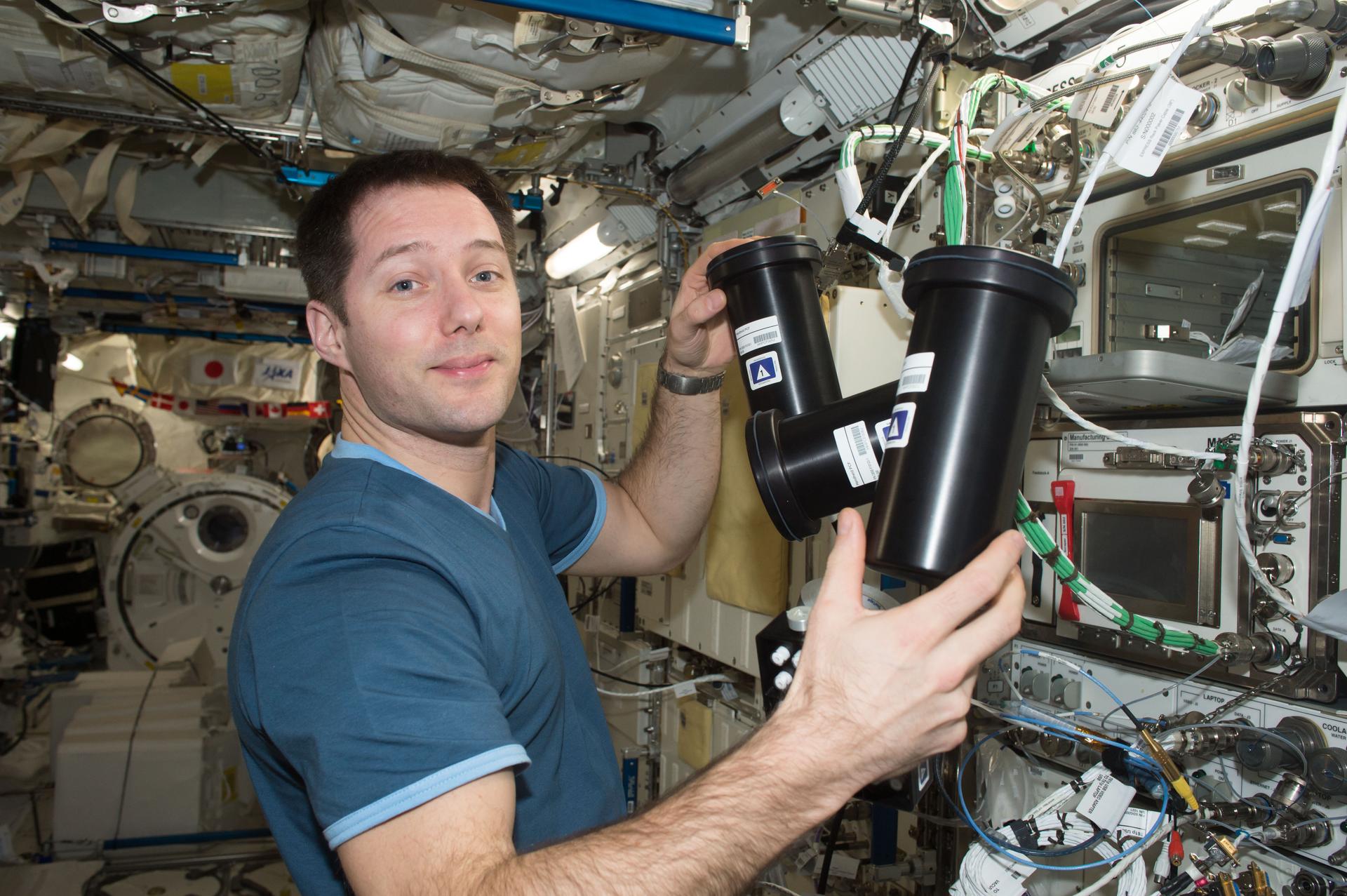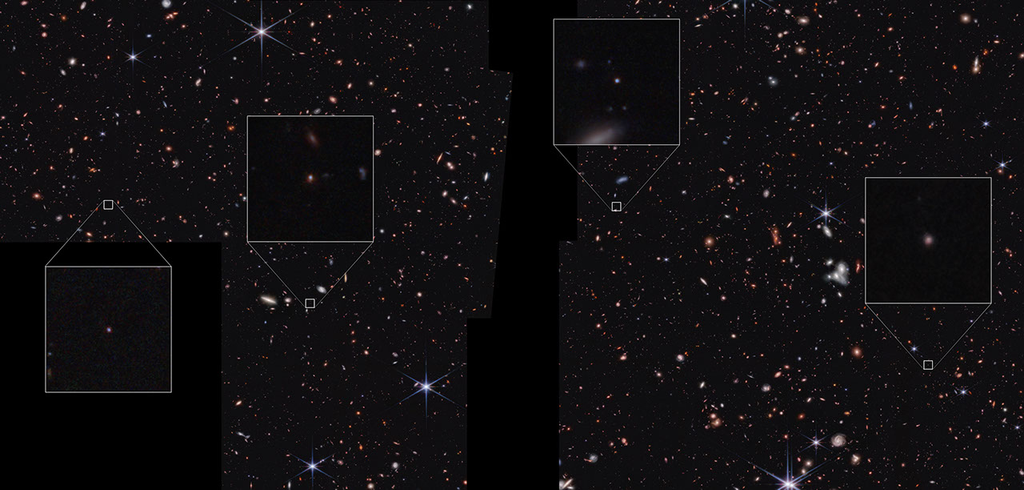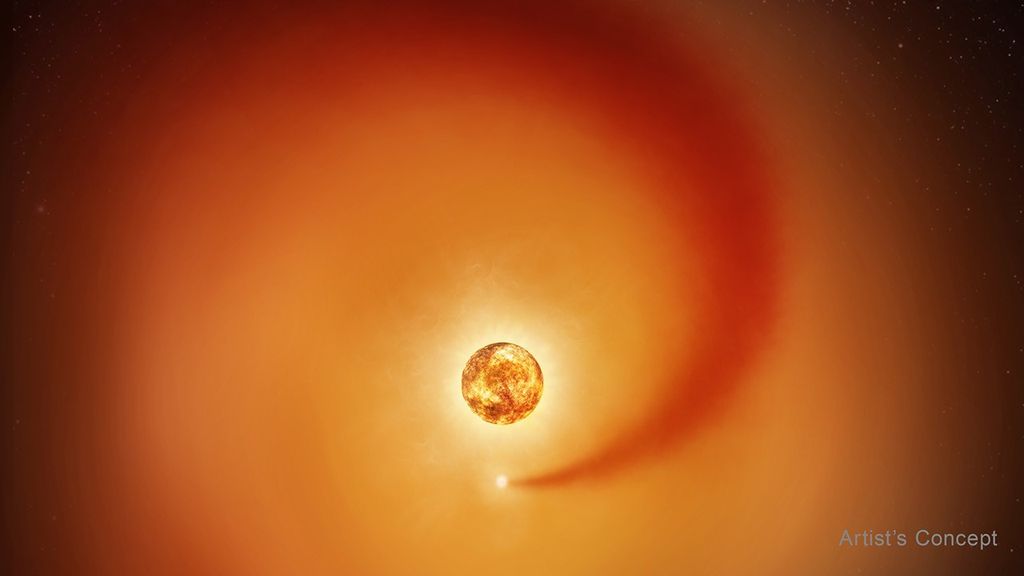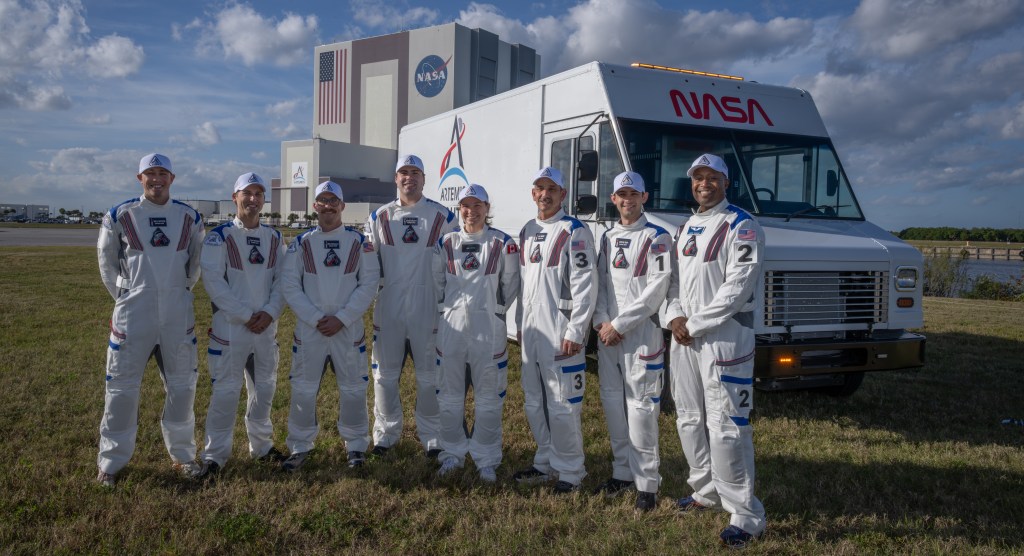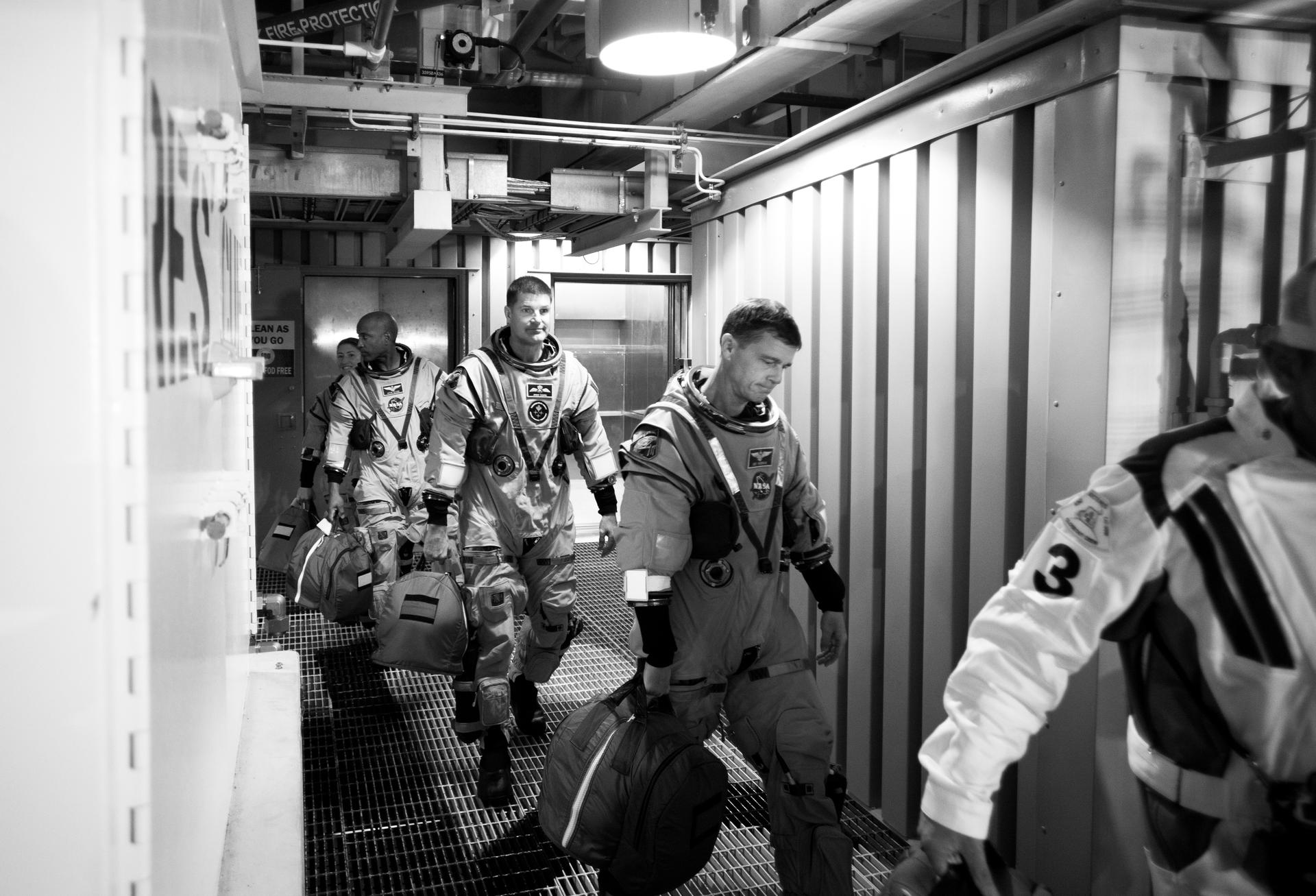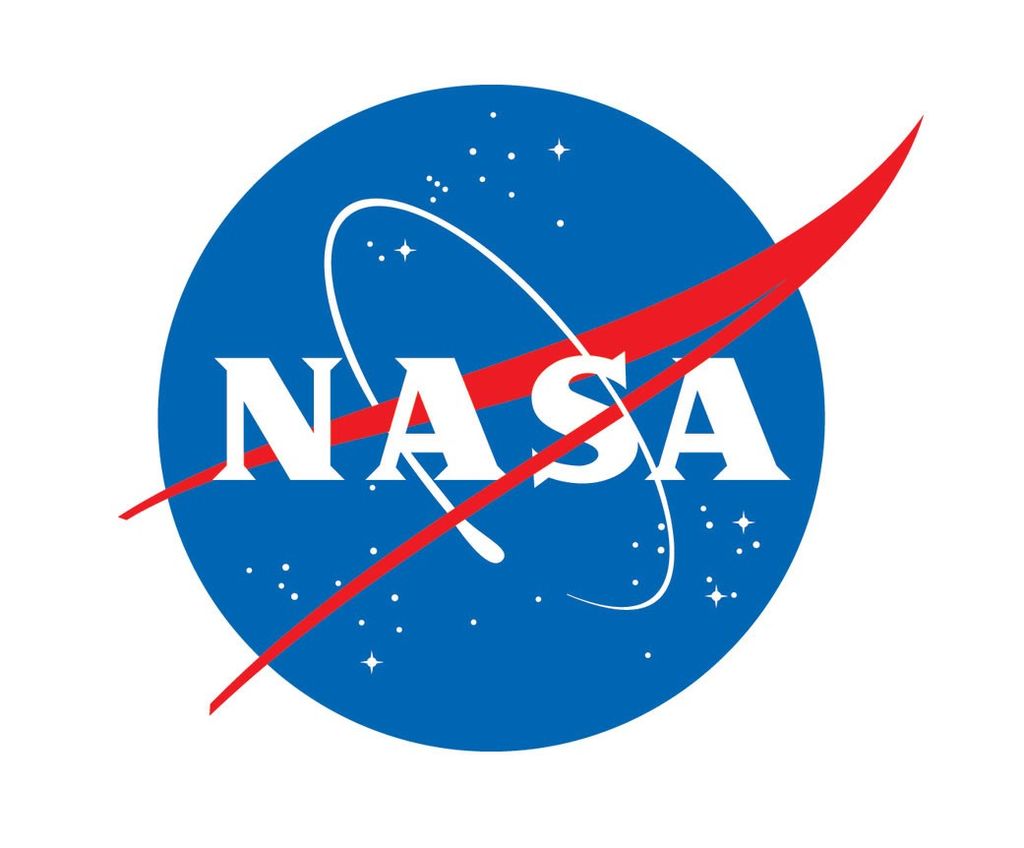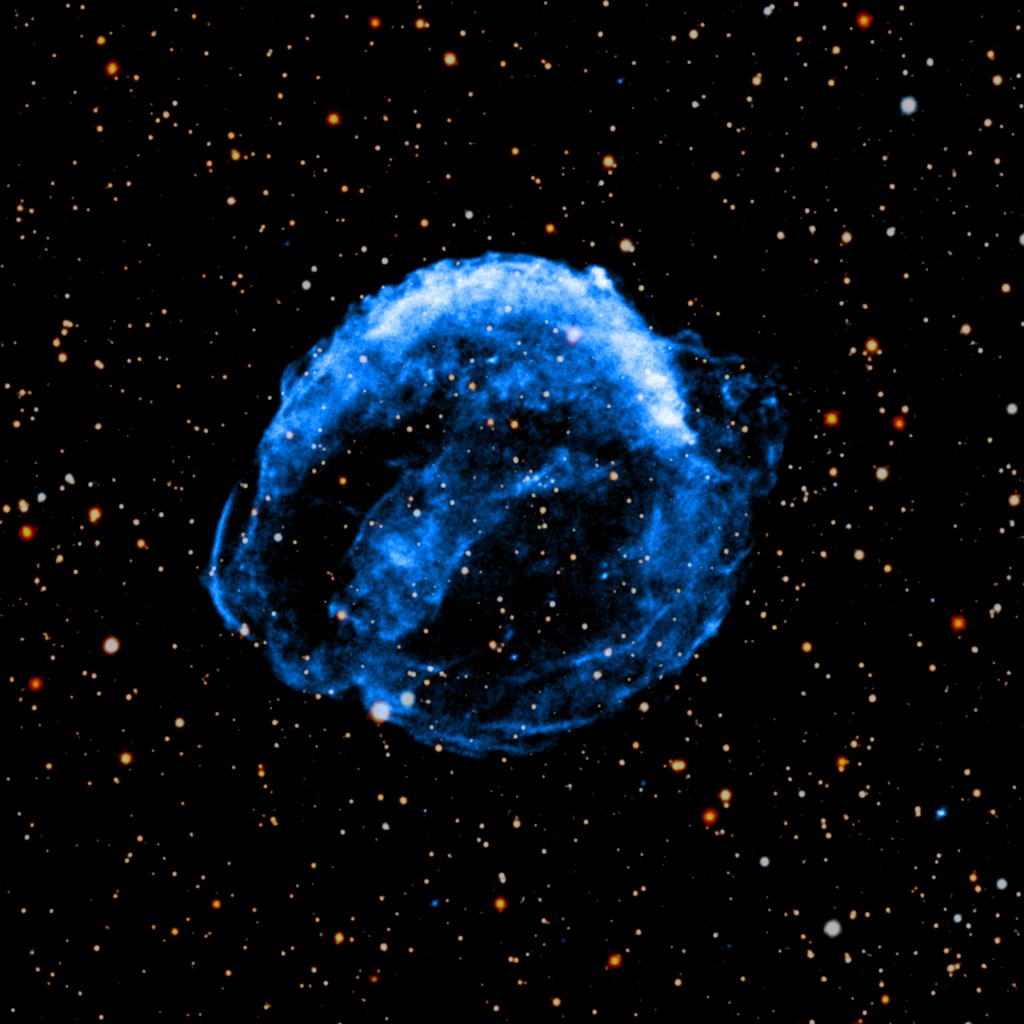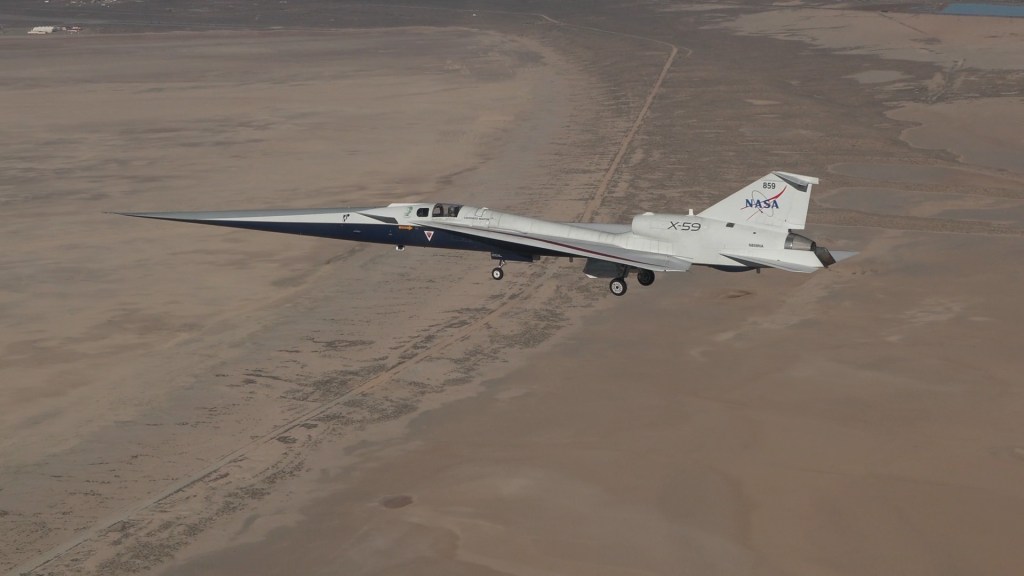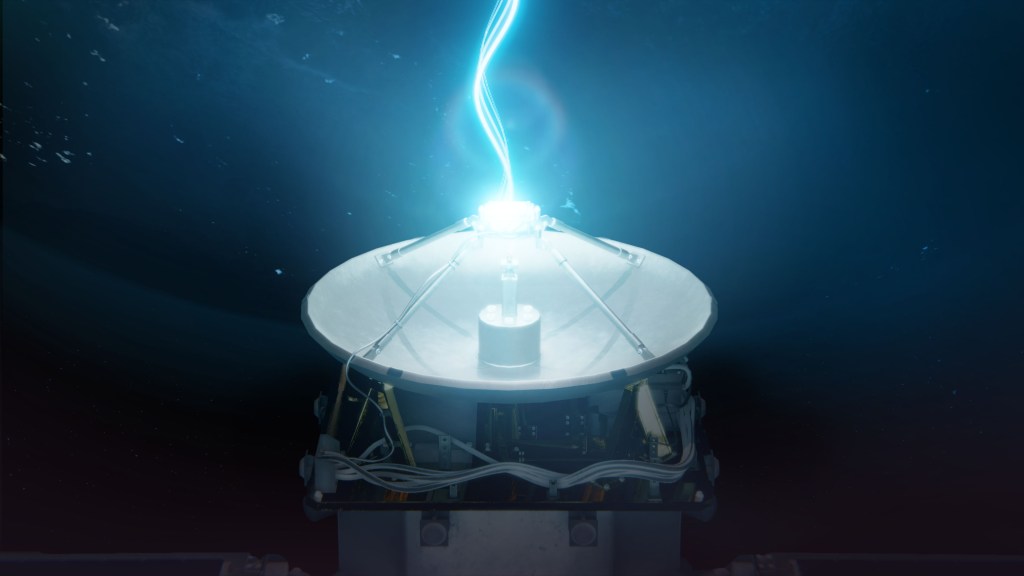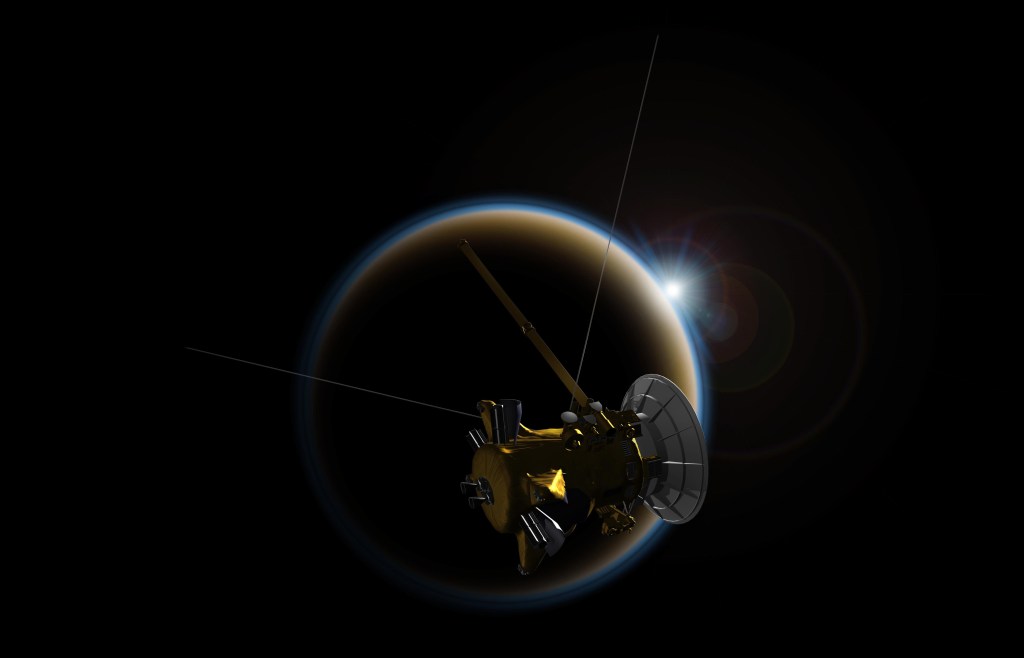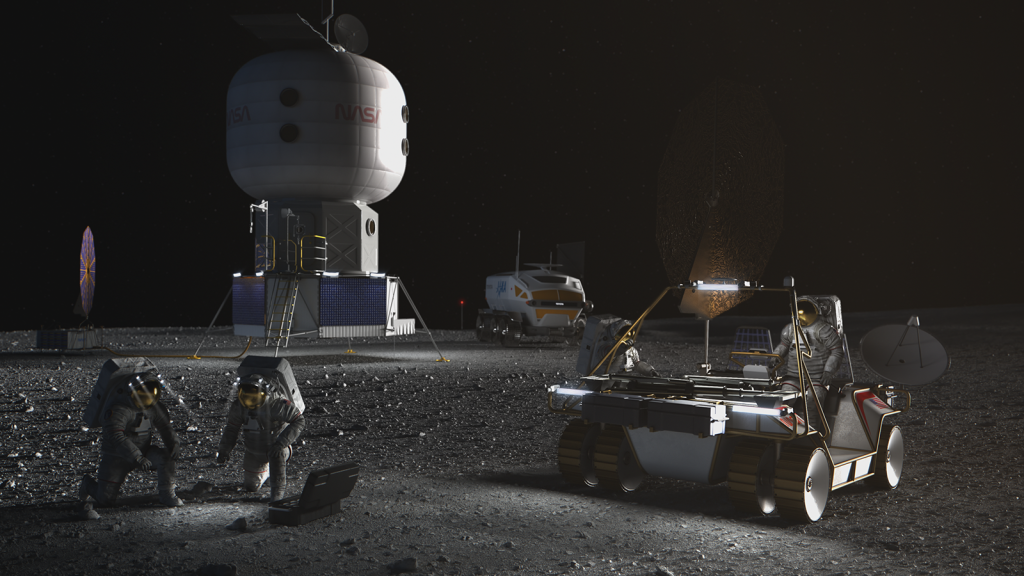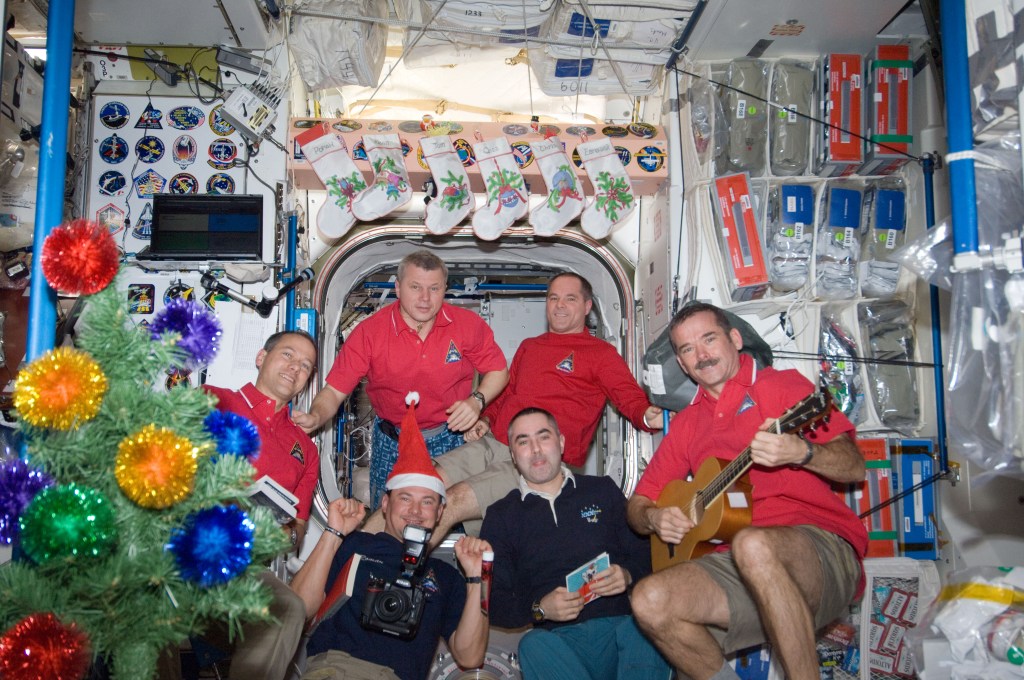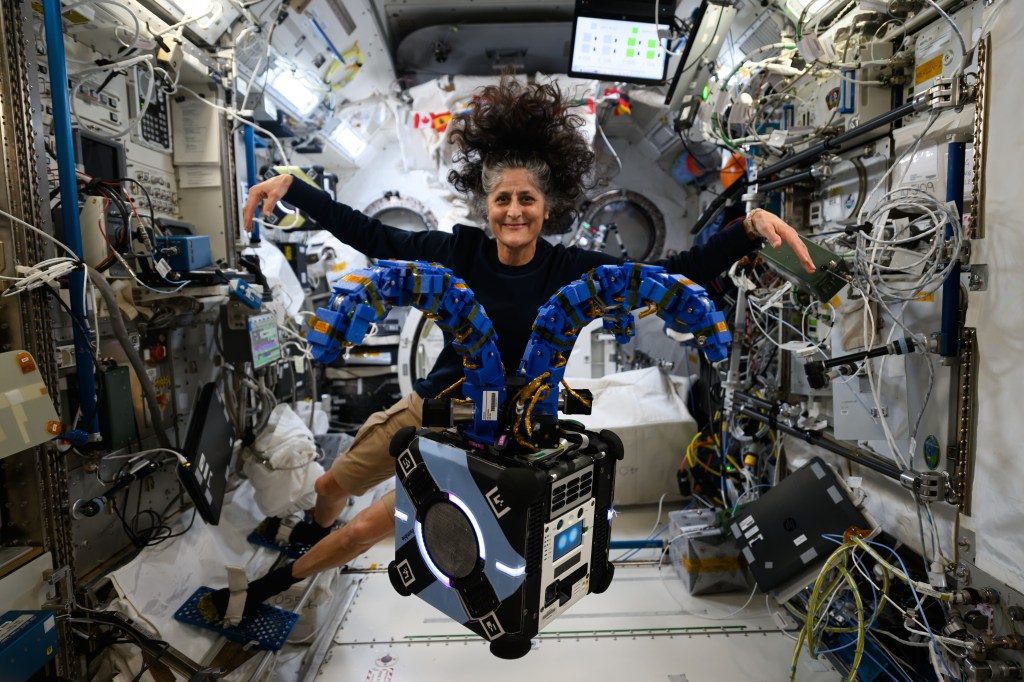NASA Conducts Solar Array Testing on Interstellar Mapping Spacecraft
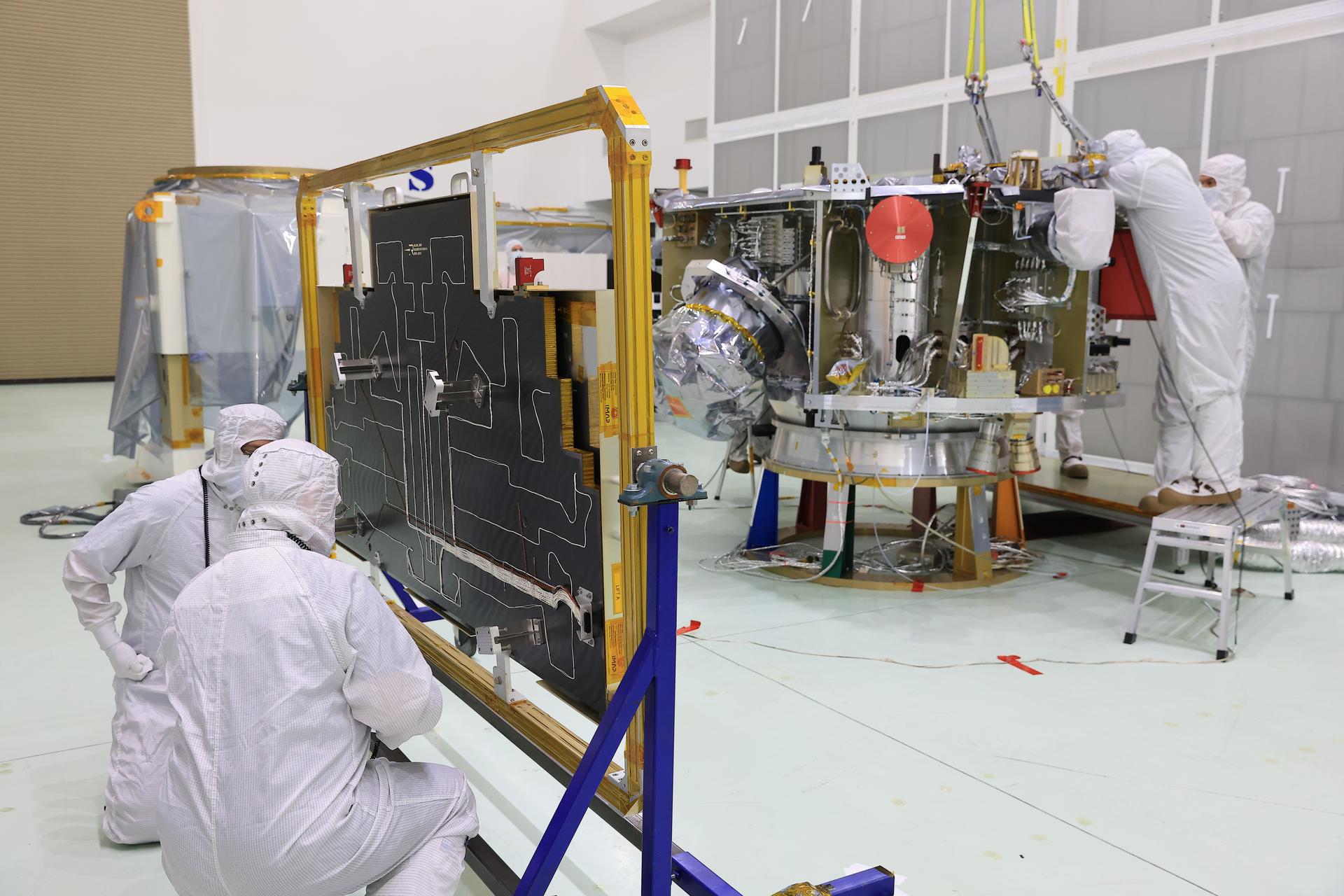
Technicians installed a key piece of hardware that will help power NASA’s IMAP (Interstellar Mapping and Acceleration Probe) observatory on its upcoming journey one million miles away from Earth. The launch processing team integrated and tested the two-panel solar array for the spacecraft on Thursday, July 17, at the Astrotech Space Operations Facility near the agency’s Kennedy Space Center in Florida.
The IMAP spacecraft and its 10 science instruments will help researchers understand how the solar wind interacts with the interstellar medium and how energetic particles are accelerated in space. The mission plans to provide near real-time information about the solar wind to improve advanced space weather warning.
The solar array, located on the top of IMAP, will generate plenty of power for the observatory, which as a system uses less power than five 100-watt incandescent light bulbs. Each panel consists of 16 strings of solar cells, with 36 cells per string. The solar array will convert sunlight into 500 watts of power. The IMAP’s spin axis, in the center of the solar array, will adjust daily toward the sun to provide the spacecraft and instruments with constant power. During the launch, a lithium-ion battery will power IMAP until the spacecraft starts using it solar panels.
The team also conducted illumination testing by flashing the panels with a bright light that simulates the Sun to make sure the array functions as expected. Concurrently, technicians have been working on a magnetometer, called MAG, that will measure the strength and direction of the magnetic field in interplanetary space. The MAG instrument is extremely sensitive and is located on a long arm, called a boom, that will extend after launch to mitigate interference from the spacecraft’s electrical systems on the sensor. Workers are in the process of deploying, aligning, and stowing the mag boom into position so it’s ready to fly.
Launching this fall with IMAP are NASA’s Carruthers Geocorona Observatory and the National Oceanic and Atmospheric Administration’s (NOAA) Space Weather Follow On L1 satellite, both of which will arrive at Astrotech this month. The facility enables cleanroom operations capabilities, material processing, and other flight hardware work.
The IMAP mission is the fifth mission in NASA’s Solar Terrestrial Probes Program within the agency’s Heliophysics Division. Princeton University professor David McComas leads the IMAP mission with an international team of 25 partner institutions. The Johns Hopkins Applied Physics Laboratory in Laurel, Maryland, built the spacecraft and operates the mission. The Explorers and Heliophysics Project Division at NASA’s Goddard Space Flight Center in Greenbelt, Maryland, manages the program for the agency’s Heliophysics Division of NASA’s Science Mission Directorate.
NASA’s Launch Services Program, based at NASA Kennedy, manages the launch service for the mission.


